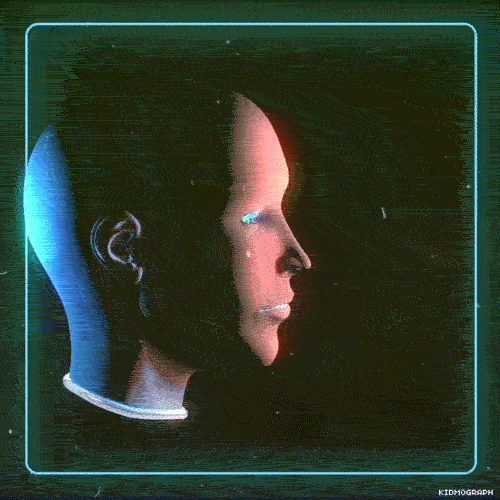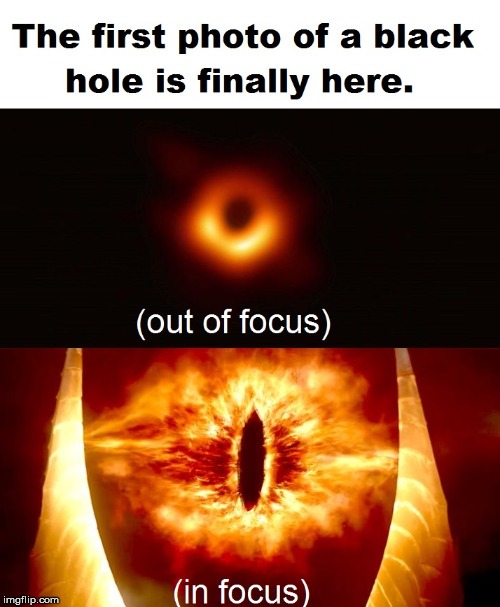If it was possible to conceive of such a thing as a miracle in nature, the above cases of the sudden disappearance of portions of the unborn human body might be designated. We have looked in vain through the latest authorities upon human physiology for any sufficient theory to account for the least remarkable of foetal signatures. The most they can do is to record instances of what they call “spontaneous varieties of type,” and then fall back either upon Mr. Proctor’s “curious coincidences” or upon such candid confessions of ignorance as are to be found in authors not entirely satisfied with the sum of human knowledge. Magendie acknowledges that, despite scientific researches, comparatively little is known of foetal life. At page 518 of the American edition of his Precis Elementaire de Physiologie he instances “a case where the umbilical cord was ruptured and perfectly cicatrized”; and asks “How was the
Page 387
circulation carried on in this organ?” On the next page, he says: “Nothing is at present known respecting the use of digestion in the foetus”; and respecting its nutrition, propounds this query: “What, then, can we say of the nutrition of the foetus? Physiological works contain only vague conjectures on this point.” On page 520, the following language occurs: “In consequence of some unknown cause, the different parts of the foetus sometimes develop themselves in a preternatural manner.” With singular inconsistency with his previous admissions of the ignorance of science upon all these points which we have quoted, he adds: “There is no reason for believing that the imagination of the mother can have any influence in the formation of these monsters; besides, productions of this kind are daily observed in the offspring of other animals and even in plants.” How perfect an illustration is this of the methods of scientific men! — the moment they pass beyond their circle of observed facts, their judgment seems to become entirely perverted. Their deductions from their own researches are often greatly inferior to those made by others who have to take the facts at second hand.
The literature of science is constantly furnishing examples of this truth; and when we consider the reasoning of materialistic observers upon psychological phenomena, the rule is strikingly manifest. Those who are soul-blind are as constitutionally incapable of distinguishing psychological causes from material effects as the color-blind are to select scarlet from black.
Elam, without being in the least a spiritualist, nay, though an enemy to it, represents the belief of honest scientists in the following expressions: “it is certainly inexplicable how matter and mind can act and react one upon the other; the mystery is acknowledged by all to be insoluble, and will probably ever remain so.”
The great English authority upon the subject of malformation is The Science and Practice of Medicine, by Wm. Aitken, M. D., Edinburgh, and Professor of Pathology in the Army Medical School; the American edition of which, by Professor Meredith Clymer, M. D., of the University of Pennsylvania, has equal weight in the United States. At page 233 of vol. i. we find the subject treated at length. The author says, “The superstition, absurd notions, and strange causes assigned to the occurrence of such malformations, are now fast disappearing before the lucid expositions of those famous anatomists who have made the development and growth of the ovum a subject of special study. It is sufficient to mention here the names, J. Muller, Ratlike, Bischoff, St. Hilaire, Burdach, Allen Thompson, G. & W. Vrolick, Wolff, Meckel, Simpson, Rokitansky, and Von Ammon as sufficient evidence that the truths of science will in time dispel the mists of ignorance and superstition.” One would
Page 388
think, from the complacent tone adopted by this eminent writer that we were in possession if not of the means of readily solving this intricate problem at least of a clew to guide us through the maze of our difficulties. But, in 1872, after profiting by all the labors and ingenuity of the illustrious pathologists above enumerated, we find him making the same confession of ignorance as that expressed by Magendie in 1838. “Nevertheless,” says he, “much mystery still enshrouds the origin of malformation; the origin of them may be considered in two main issues, namely: 1, are they due to original malformation of the germ? 2, or, are they due to subsequent deformities of the embryo by causes operating on its development? With regard to the first issue, it is believed that the germ may be originally malformed, or defective, owing to some influence proceeding either from the female, or from the male, as in case of repeated procreation of the same kind of malformation by the same parents, deformities on either side being transmitted as an inheritance.”

Moe is the founder of GnosticWarrior.com. He is a father, husband, author, martial arts black belt, and an expert in Gnosticism, the occult, and esotericism.






